For farmed perch producer Aquna, scarcity helps create high-end demand
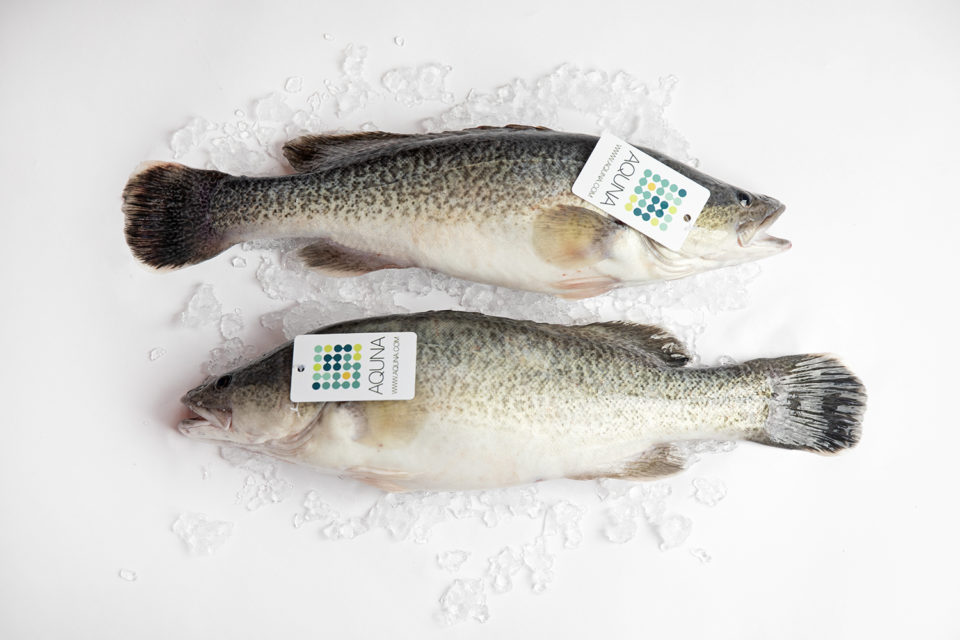
If you’ve never heard of Murray Cod, you’re not alone. Only a handful of chefs worldwide know of this perch species, which is farmed by Aquna Sustainable Murray Cod in New South Wales, Australia, and though relatively new to the worldwide market, is in high demand.
Matt Ryan, a former wheat and sheep farmer, began farming Murray Cod in 2012, in open freshwater ponds on the Murray-Darling river basin, 300 miles from the ocean. One of the largest freshwater fish in the world, the fish (Maccullochella peelii) grows to more than 200 pounds in the wild but Aquna harvests between 12 and 18 months when they are 2 to 3 pounds.
“We’ve not grown them a lot bigger than that because we’ve always been under pressure to supply our customers with more fish,” Ross Anderson, Aquna’s chairman, told The Advocate. “And being a small company, we need cash flow.”
Aquna is supplying to Murray Cod to the United States, Macau, Japan, Singapore, Hong Kong and Australia, and is eyeing the European market. The species is also highly sought after in Australia, where the company enlisted chef and restaurateur Heston Blumenthal to promote the species and develop recipes.
At the Boston Seafood Show in March 2019 Aquna approached San Francisco-based supplier CleanFish to be its exclusive supplier to the U.S. market. Alisha Lumea, marketing director at CleanFish, said they have just begun launching the brand.
“There’s not a market for this as most people have never heard of this fish or ever tasted it,” she said. “It’s not going to splash on the market all at once – it will take a while to introduce and get people on board.”
The first chef to menu Murray Cod in the United States was Cedric Vongerichten at Wayan in New York and a few other chefs have picked it up since then.
“Chef feedback has been overwhelmingly positive and people have been blown away by Murray Cod, so we can see there’s a market based on the response we’re getting,” Lumea said. “We think this will fit with high end restaurants because it’s an expensive fish. And high-end restaurants are the places where customers are most likely to try things they haven’t tried before.”
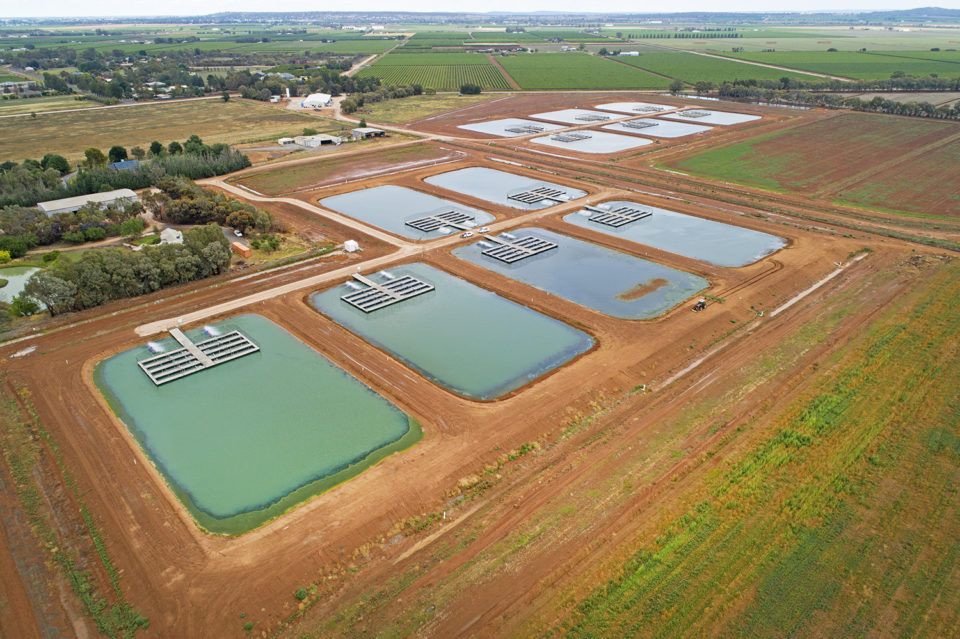
Word-of-mouth marketing is paramount, Lumea added.
“This is a huge undertaking and anything new like this has to build slowly. We’re starting chef-to-chef to build awareness and credibility. From there we’ll find other distributors in markets that have a robust fine dining scene, and see what’s possible in those markets.”
Anderson said Murray Cod has sold itself in Australia, where it quickly became an aspirational product.
“It’s a very high-quality eating fish with a high fat content, and we found Michelin-star chefs picking it up and running with it. It’s the scarcest fine dining fish in the world, and chefs love the fact that they have something no-one else in the world does. The principle of scarcity seems to work really well with the marketing of the fish and maintaining the margins.”
In Australia Murray Cod is sold whole and unprocessed for $25 to $26 (AUS) per kilogram. Singapore, Japan and Hong Kong constitute up to 10 percent of sales. Anderson said the creamy, white flavor of Murray Cod makes it a good fit as a sashimi fish, but it’s also well-suited to steaming, as its high fat content means it retains its moistness on the plate.
It’s going to be the wagyu of fish.
The farm conditions are key to maintain that flavor, he said.
“Our balance of algae plankton and weed in the ponds consumes most of the fish byproducts and acts like a natural filter,” he said. “The fish never get near to the bottom of the pond and as a result they come out with a really clean taste.”
The water temperature varies between 8 and 30 degrees-C and the colder water kills most of the diseases, allowing Aquna to grow Murray Cod in antibiotic-free conditions with full traceability.
“When the fish hits your dinner plate we can tell you about every aspect of its life: who its mother and father was, what it was fed, how it was treated and what was in the water,” Anderson said.
The company listed on the Australia Stock Exchange with less than 40 tons of productive capacity on Jan. 31, 2017. Today it is producing 1,275 tons of fish and in five years anticipated production is 5,000 to 6,000 metric tons. The largest impediment to growth has been staffing, Anderson said.
“In the early days it was a heavy load on management to do quality control. We started out with two staff and have grown to 22, but we had to teach basic aquaculture husbandry and biosecurity skills, and it took time to develop of core of skilled, experienced people who can run the farm,” Anderson said.
In the last quarter of this year Aquna is planning to offer Murray Cod as a hot smoked fish in the European market. Anderson said the company has an agreement with a European distributor to sell hot smoked Murray Cod in restaurants and high-end delis, and is confident that once this is commercialized it will account for more than half the total output of Murray Cod.
The company has also begun a selected breeding process to produce Aquna Cod as a subspecies of Murray Cod. Aquna Cod will have a creamier taste, a whiter flesh and a higher fat content.
“It’s going to be the wagyu of fish,” Anderson said. “Primarily for us it’s about maintaining the brand as a high-quality eating fish, and an item that’s very rare and exclusive.”
Follow the Advocate on Twitter @GAA_Advocate
Now that you've reached the end of the article ...
… please consider supporting GSA’s mission to advance responsible seafood practices through education, advocacy and third-party assurances. The Advocate aims to document the evolution of responsible seafood practices and share the expansive knowledge of our vast network of contributors.
By becoming a Global Seafood Alliance member, you’re ensuring that all of the pre-competitive work we do through member benefits, resources and events can continue. Individual membership costs just $50 a year.
Not a GSA member? Join us.
Author
-

Lauren Kramer
Vancouver-based correspondent Lauren Kramer has written about the seafood industry for the past 15 years.
Tagged With
Related Posts
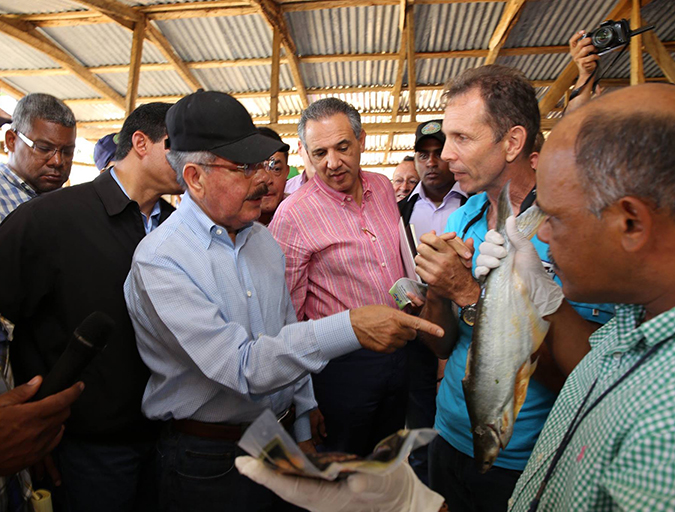
Innovation & Investment
Caribbean producer aims to make a name for sutchi
Pangasius farmed in the Dominican Republic? True story. Value Aquaculture, with partners hailing from Germany and Chile, is trying to get U.S. buyers to take a fresh look at the Mekong catfish species.
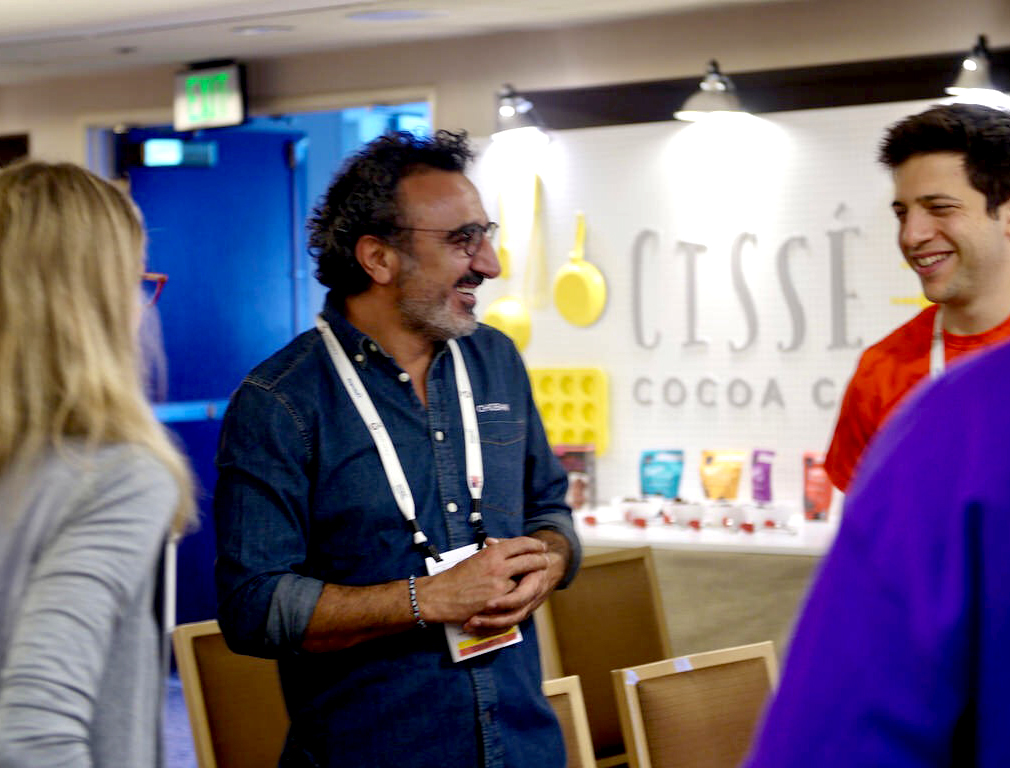
Intelligence
What do yogurt and frozen seafood have in common? Quite a bit
The Chobani Food Incubator is mentoring seven food companies that it sees as market disruptors. One of them, frozen seafood meal manufacturer LoveTheWild – whose CEO will speak at this week’s GOAL conference – has gone all-in for aquaculture.

Innovation & Investment
Aquaculture innovators come out of their shells at Fish 2.0
Biannual conference/competition showcased 40 new seafood businesses, or related services, from around the world. Winners were chosen on the strength of the opportunity, meaningful impact and compelling leadership and presentation.
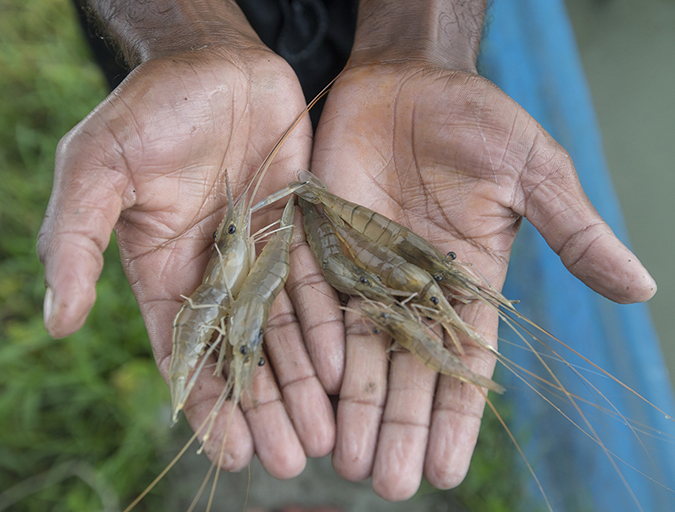
Innovation & Investment
Australia incentivizing innovation in aquaculture
A government-funded $3 million (AUS) project by innovationXchange, WWF and others seeks transformative solutions from entrepreneurs for small-scale producers in the Indo-Pacific region. The competition’s three challenges include fresh thinking on feed, “new ocean products” and sustainable design.

